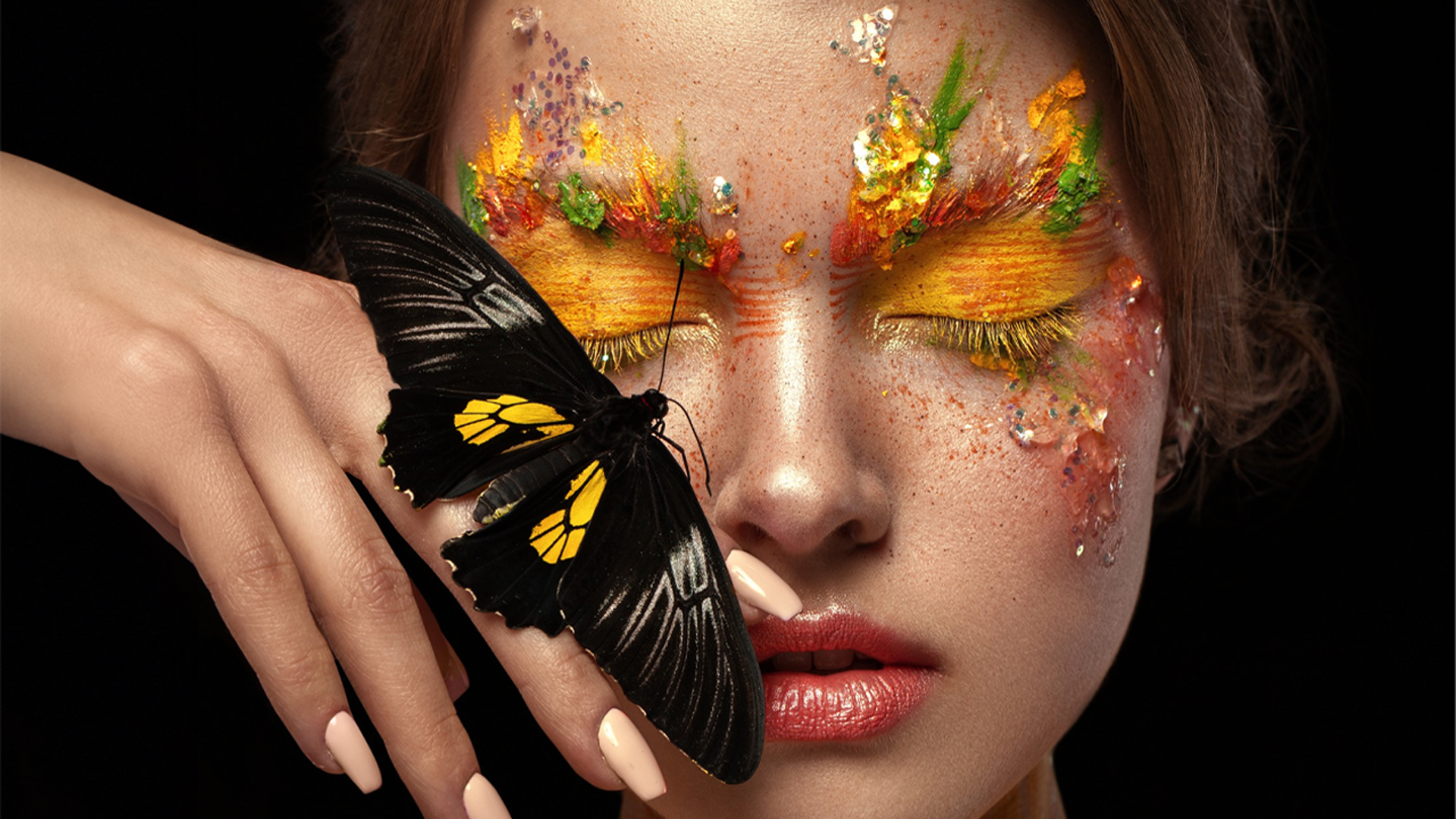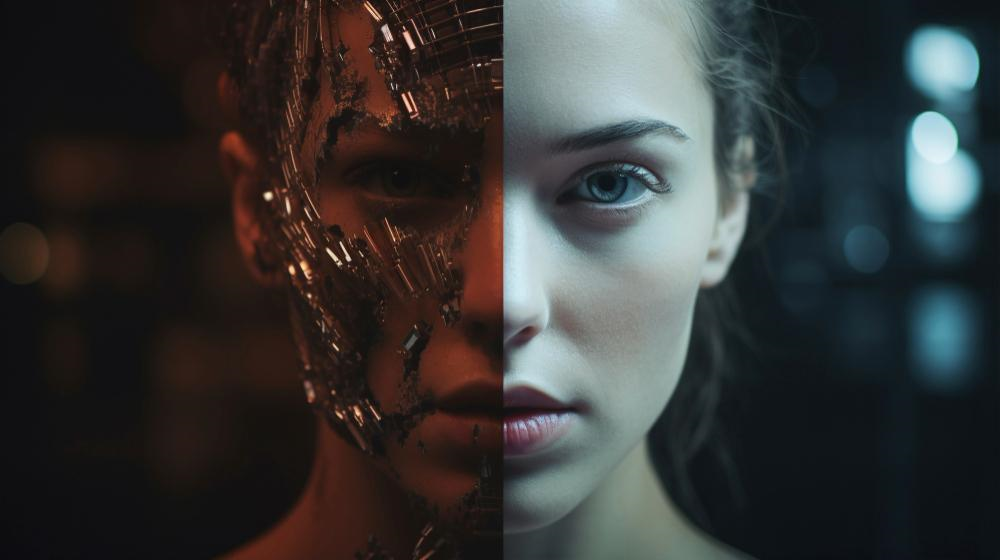
Cinema has always been a canvas for imagination and creativity, with Special Effects Makeup being a pivotal aspect of artistic expression combined with directorial vision. From the early days of black and white films to the vibrant era of color cinema and CGI, SFX makeup has undergone a remarkable evolution, particularly during the mid-century decades. This blog post is a peek into the transformative journey of SFX makeup and how it has come such a long way.
The Dawn of SFX Makeup:
In the mid-century, SFX makeup was predominantly about creating the illusion of reality on screen. The era witnessed the birth of latex, a game-changer in the world of prosthetics. Makeup artists began experimenting with this new material, crafting more realistic and expressive characters that supported the overall look that the particular role required. The use of latex not only allowed for greater flexibility in design but also opened up new horizons for creativity in the space of cinematic makeup.
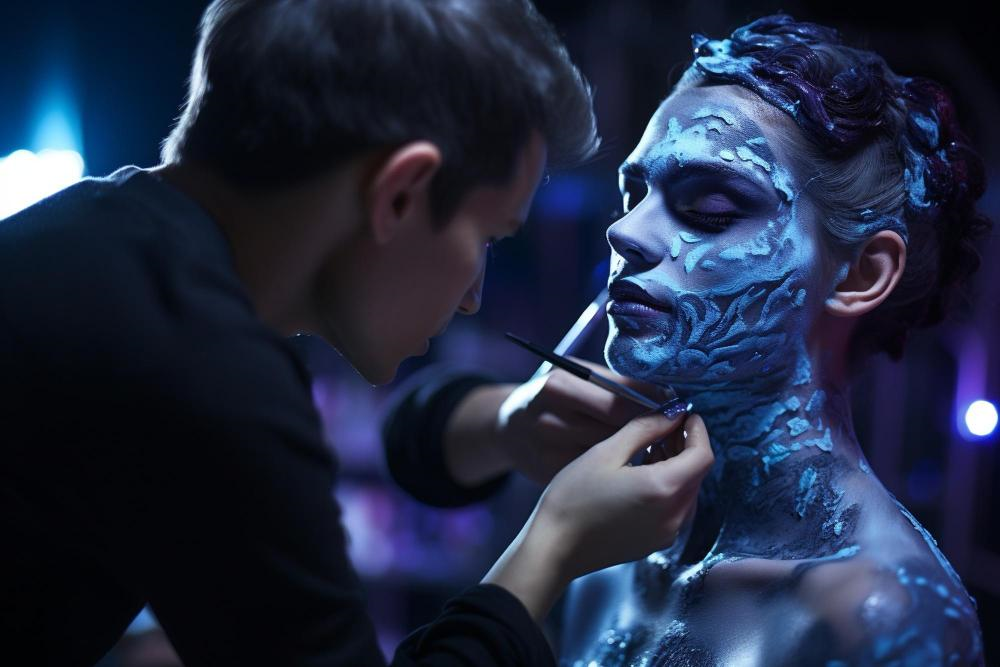
Iconic Makeup Moments and Artists:
This period saw the emergence of iconic makeup moments that remain immortal in cinematic history. For instance, the classic monsters like Frankenstein and Dracula showcased the ingenious use of SFX makeup to create amazing creatures. Legendary SFX artists came forward to create characters that enchanted the screen for years to come.
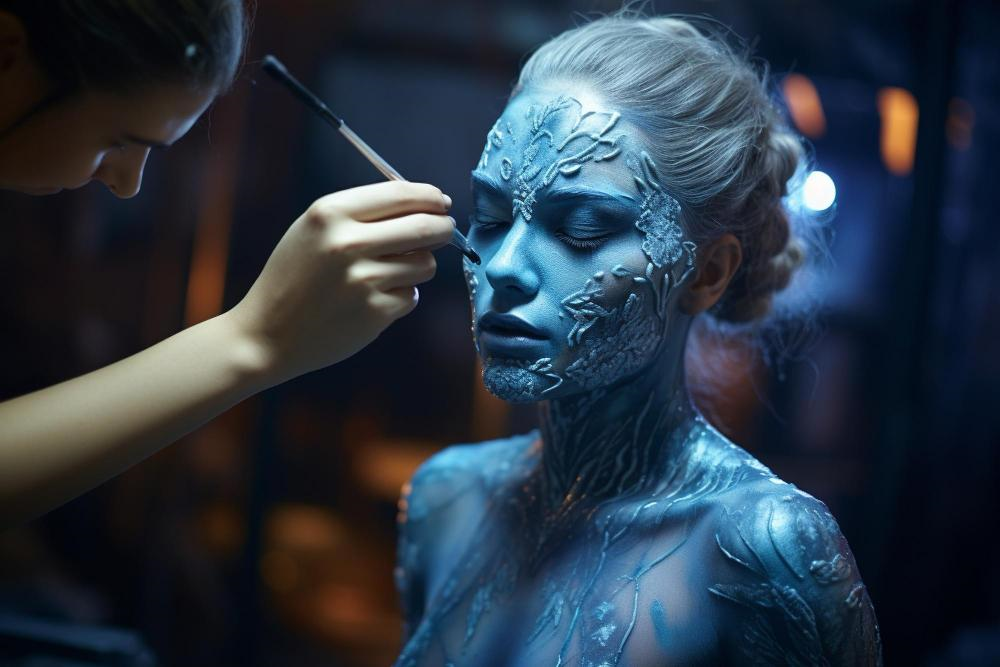
Technological Innovations and Impact:
Technological advancements played a crucial role in the evolution of SFX makeup. The introduction of color films brought new challenges and opportunities. SFX makeup techniques had to adapt to ensure that makeup looked natural and effective under different lighting conditions and on color film. This period also saw the use of foam latex, which allowed for more intricate and life-like prosthetics, enhancing the believability of characters.
SFX Makeup and Cinematic Storytelling:
SFX makeup extended beyond mere appearance; it became a tool for storytelling. The mid-century films utilized makeup to convey emotions, create suspense, and build character arcs. For example, the transformation scenes in werewolf movies were not just about visual shock; they symbolized internal conflict and the duality of human nature.
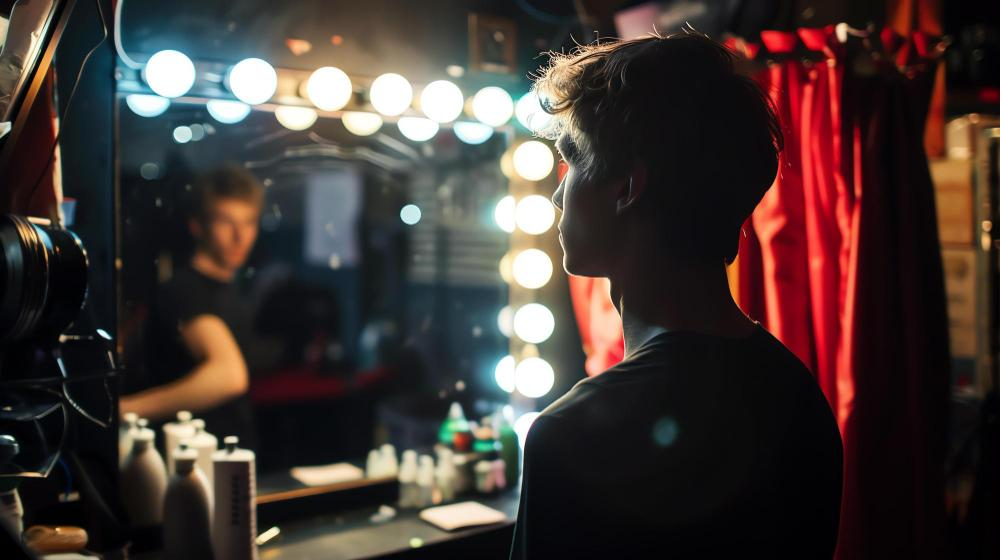
The Journey to Becoming an SFX Artist:
For those intrigued by the magic behind monsters and heroes, understanding how to become an SFX artist is the first step towards contributing to this storied art form. It’s a path paved with creativity, technical skill, and a deep appreciation for the craft of SFX makeup. For a more detailed guide on embracing this creative journey, dive into our comprehensive blog here, which unfolds the essentials of becoming a revered SFX artist.
Conclusion: The Legacy Continues
The mid-century era was a golden age for SFX makeup, setting the foundation for the awe-inspiring SFX makeup techniques we see today. This art form has continuously evolved, pushing the boundaries of imagination and technology. For professional MUAs, beginners, and makeup enthusiasts, understanding the SFX history and evolution of SFX makeup is not just about appreciating its past but also about drawing inspiration for future innovations.
Whether you’re exploring SFX makeup products for the first time or aiming to become a distinguished SFX artist, the journey through the world of special effects makeup is an endless adventure of learning and creativity. Embrace it with passion and, most importantly, do it with confidence.

